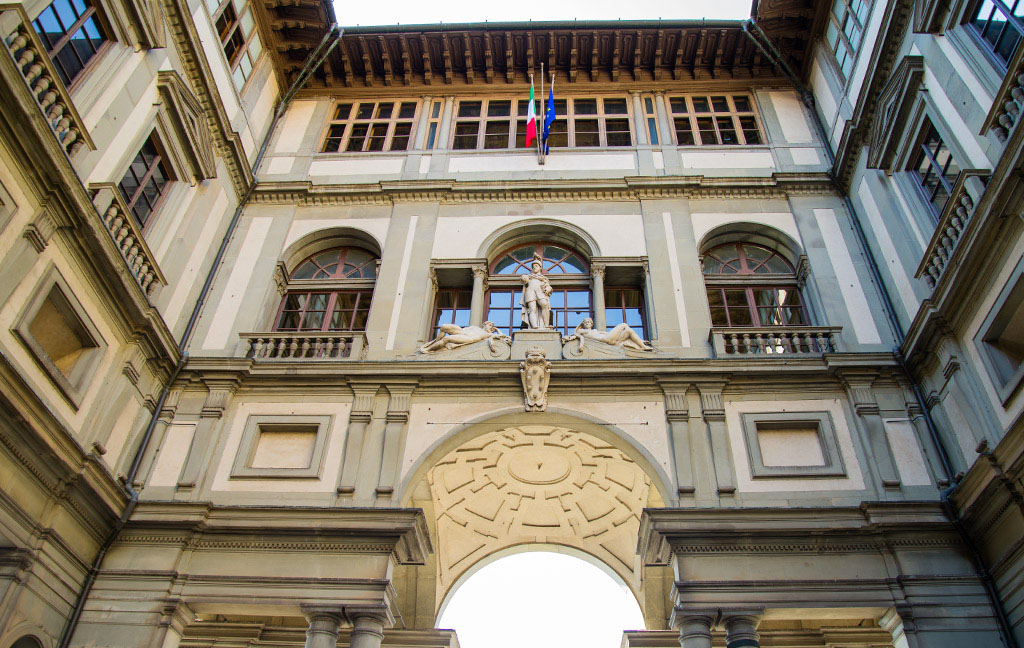Some of the links in this post are affiliate links. This means if you click on the link and purchase the item, I may receive an affiliate commission at no extra cost to you.
Florence is one of the top tourist destinations in Italy, but I bet there’s a ton of facts about Florence that you don’t yet know about.
Florence is a beautiful city with an amazing history. From the days of the Roman Empire to the Renaissance, Florence has been a major cultural and artistic center. Today, it is a popular tourist destination, with attractions including its art museums and historical sites. The city is also home to many businesses and industries, making it an important economic center in Italy.
Florence has been around for centuries and is still thriving today. If you’re interested in learning more about this historic city, here are some interesting facts about Florence that you may not have known.
Interesting & Fun facts about Florence, Italy
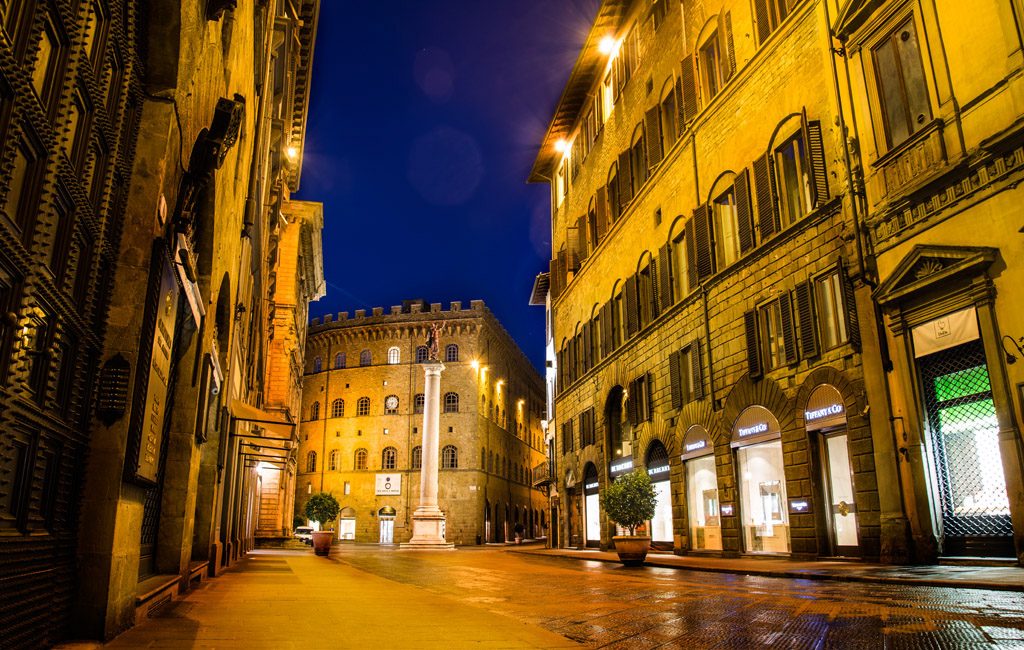
- The exact opposite side of the world to Florence, is the Chatham Islands in New Zealand.
2. Florence was the first city in Italy, and perhaps all of Europe, to put pavements on theF streets. This was possible due to affluent donors who pitched in to make it happen. This occurred in 1339.
3. The Medici were on of Italy’s most important families, and really their influence spread much further than Italy into other countries of Europe. They had strong influence over Florence between 1434 and 1737. They were an Italian banking and political family. The family dipped their fingers into many pots such as politics, finance, popehood and two members even married into the royal families of France. Catherine married King Henry the second, while Marie married King Henry the fourth.
4. Florence was affected by the Black Death in 1348, which killed half of Florence’s residents and some other residents to leave the city.
5. Florence’s La Specola, which in English is known as the Museum of Zoology and Natural history, was opened in February 1775. It is believed to be the first scientific museum and was the only one of its kind for a while.
6. A symbol of Florence today is the red lily on white background (as on the flag), but a little known fact is that it used to be a white lily on a red background. The colours switched over in 1266 due to a group named the Guelphs who wanted to celebrate their victory of the Pope over the Holy Roman Emperor.
7. Florence has a humid, subtropical climate. Summers are described as hot with some rainfall, and winters cold and damp. As the city is far from the coast, summers are hotter than other places due to the absence of coastal winds. Snow does sometimes fall, but its not normally enough to cover the streets.
8. Florence has its very own syndrome named after it. The Florence syndrome (also known as Stendhal syndrome) occurs when people feel physically overwhelmed in the presence of beautiful creations and objects. The syndrome was named by Henri-Marie Beyle, a french author, and has affects of confusion, a fast heart beat and even fainting.
9. Florence converted to Christianity around 313 CE. This was due to the emperor, Constantine, issuing the Edict of Milan, legalising Christianity and other religions.
10. While visitor numbers obviously took a dive during 2020 and 2021 due to corona virus, the city often has epic numbers of travelers visiting each year. Prior to covid, the city had over 15 million overnight visitors in 2019, making it one of the most visited destinations in the world. In comparison, Florence’s population is less than a million.
11. Florence was harassed by a serial killer between 1968 and 1985, called the Monster of Florence. Sixteen people will killed but the killer was never caught.
12. The stunning Ponte Vecchio is a unique sight and also one of the oldest bridges in Europe. Its built over the Arno river and its construction is impressive, considering it was built in the medieval ages. Today it is a unique and beautiful addition to Florence’s architecture.
13. The much loved children’s story, Pinocchio was created by Florence writer Carlo Collodi in the early 1880’s.
14. Approximately 60% of the world’s most valued art is found in Florence.
15. Many famous and important historical figures were born or had lived in Florence at some point in history. The city lays claims to Leonardo di Vinci, Donatello, the Medici family, Raphael and Galileo. Not to mention Florence Nightingale and Michelangelo. Its also been said that roughly 35% of the world’s most influential artists from the 11th to 20th centuries were located in Florence.
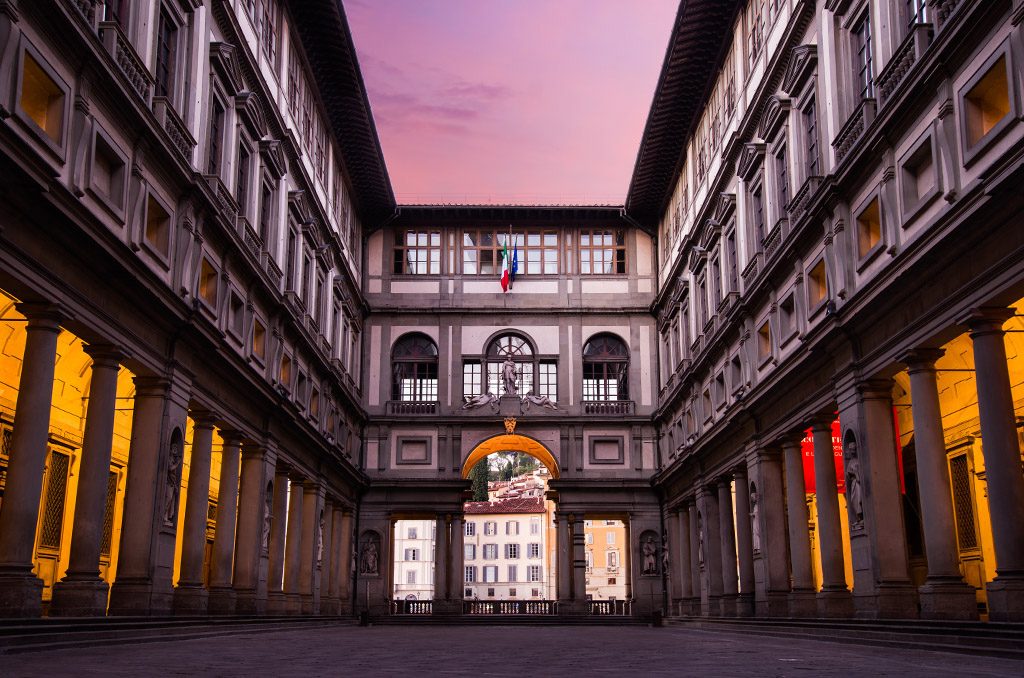
16. From the middle ages, the money from Florence has played an important part in financing Italy and other parts of Europe. The gold Florin, as it was called, provided financial support to European industry, the papacy, and even royalty, during this time.
17. Part of Florence, the historic centre, was declared a UNESCO heritage site in 1982. The reason being that Florence has a large number of cultural artifacts in it’s historical centre. There are 15th century walls, renaissance style architecture such as churches and palazzos (palaces), and beautiful artworks from the greats. These historical artefacts have made Florence famous, and are what draws millions of visitors to the city each year.
18. The city of Florence has a surface area of 102.4km squared, and has the largest population in Tuscany (see below).
19. Florence’s Duomo (cathedral), the Duomo di Firenze, took a long time to build. The construction of its dome was led by Filippo Brunelleschi. With its construction beginning in 1296, it wasn’t completely finished until approximately 140 years later. While the Duomo no longer claims the title of largest dome in the world, it has only slipped a few places to be the third largest. Although it still holds the title of the largest masonry dome in the world.
20. When the city was founded in the 1st century (59BC), it was done so as a military colony established by Julius Caeser. Although it soon went on to become an important city in Italy’s history throughout the centuries, eventually becoming more well known for its culture.
21. Following on from the above, Florence was originally named Fluentia, due to its location amongst two flowing rivers, the Arno and the Mugnone. It’s name was later adjusted to Florentia, before eventually coming to the name we know today, Florence.
22. Florence is the 8th biggest city in Italy, with a population of roughly 710,000, as of 2022.
23. The Palazzo Vecchio (a palace) was built in the 12th century, and overlooks Florence’s Piazza della Signoria (main square). The palazzo has been a home to one of Italy’s most powerful families, the Medici, and has also house the government in more recent times. In the late 18th century it was turned into a museum and a town hall.
24. Did you know the piano was invented in Florence? A man named Bartolomeo Cristofori invented it in 1698, originally naming it ‘Pianoforte’. Only three of his original pianos exist today, which, unsurprisingly, can be found in musuems. Their locations are New York, Leipzig and Rome.
25. In the 13th century, Florence had affirmed its place as the textile centre of Europe, with its textile production serving not just Italy, but many countries in the continent. The city’s location on the Arno River was one of the largest causes, making it easy to transport textiles to other areas.
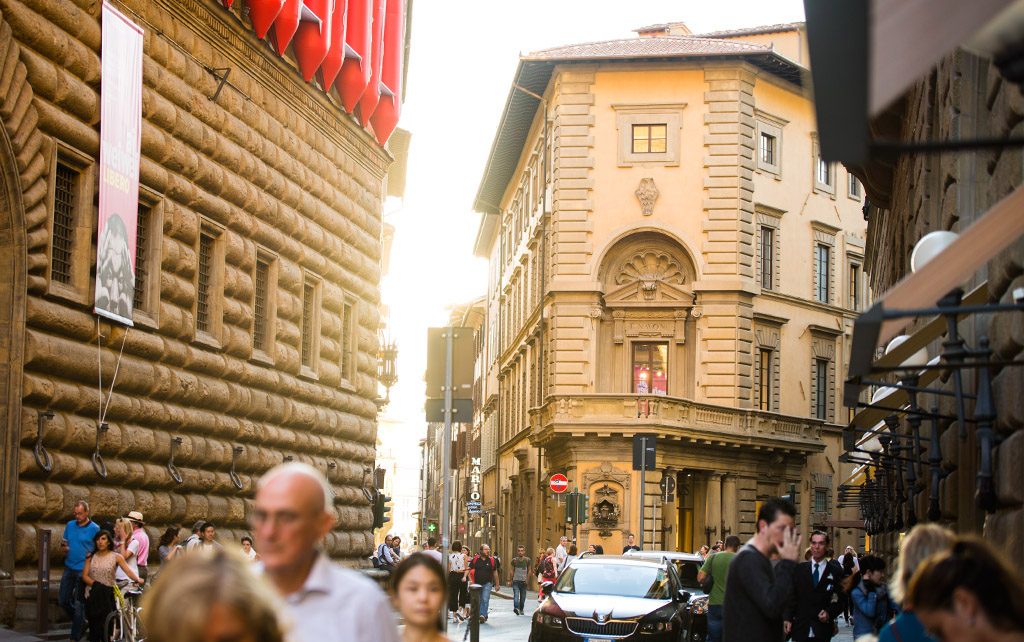
26. The Uffizi gallery in Florence has the largest collection of Renaissance art in the world. No wonder the city is a hit with art lovers.
27. For all my fellow accounting nerds out there, did you know double entry book keeping, and other accounting and book keeping conventions were born in Florence? These techniques and ideas were spread to the rest of Italy and Europe during medieval fairs.
28. Florence is about 50 metres / 164 feet above sea level.
29. Tourism is Florence’s most important industry, with tourist dollars raising a large amount of revenue for the city.
30. At the front of the Florence Cathedral there used to be real, breathing lions for a few hundred years. They were kept in cages until this practise disappeared, but this history has led to multiple lion status all over the city in remembrance.
31. In 1865 Florence became the capital of Italy, taking over from Turin, the prior capital. Back then, Italy was known as the United Kingdom of Italy. Although the honor didn’t last very long, with Rome taking over from Florence half a decade later.
32. While Florence may not be the capital of Italy anymore, it is the capital of Tuscany. Yes, Florence is in the same region of those beautiful wineries and hill towns you’ve seen on the internet.
33. Amerigo Vespucci, a man born in Florence in March 1454, was the first man to recognise that America was its own continent, rather than one connected to Asia.
34. Florence was the first city in Europe to outlaw capital punishment, aka – the death penalty. The grand duke, Pietro Leopoldo, outlawed it on the 30th of November, 1786.
35. One of Florence’s most famous local dishes is the bistecca alla Fiorentina. It’s a high cut steak which is cooked on embers, or on the grill. It’s otherwise known as Florentine steak.
36. The luxury fashion label Gucci was founded in Florence in 1921. It was created by Guccio Gucci when he was 40.
37. Salvatore Ferragamo, which is also a popular luxury label, has its head quarters in Florence, furthering Florence’s reputation as a strong base for fashion and textiles.
38. Florence thrived during the renaissance, as well as playing a massive part of the movement. The renaissance was a 3 century period after the middle ages where culture, the economy and politics went through a transformation. Many say the renaissance began in Florence, before branching out to other cities throughout Italy.
39. Florentine language is the base for the Italian language as we know it today. Prior to the country of Italy forming in the 19th century, Italians spoke different dialects.
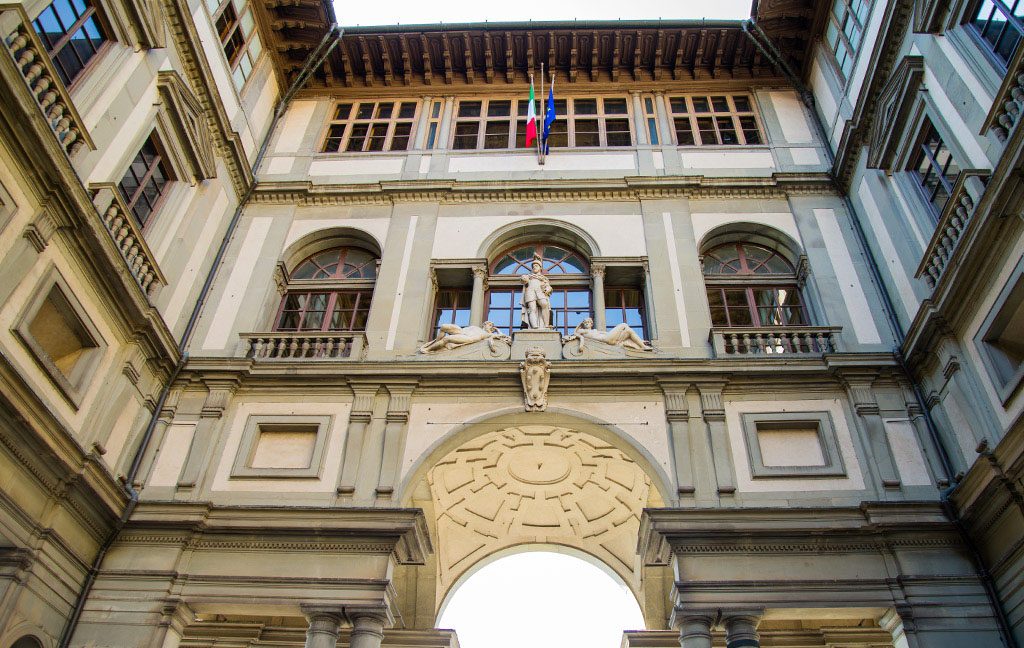
40. The famous ‘David’ sculpture in Plazza de la Senoria is actually a replica, and not the original statue. The original was moved to the Florentine Academia Gallery due to receiving damage during a 1527 riot against the Medici family.
41. A very early form of Football / Rugby was created in Florence. It was called Calcio Fiorentino and was more brutal than modern day sport. Players were able to attack opponents through methods such as choking, headbutting and punching through one on one attacks only.
42. Florence is the birthplace of the delicious iced treat, gelato. Gelato was first publicly served in the 16th century during a banquet for a Spanish King, hosted by the Medici family and the recipe by Cosimo Ruggieri. Although its possible there were other versions of gelato around from as early as the 1200s.
43. Citizens of Florence are called ‘Floretines’ (or Fiorentino in Italian).
44. During World War 2, Florence was occupied by German forces for about a year, until it was stormed by New Zealand troops. The German soldiers retaliated by destroying many of the bridges in the city to stop the British troops in following suit. However luckily, the consulate Charles Steinhauslin convinced them that Ponte Vecchio had too much historical value to be destroyed, so it was pardoned. Many of the destroyed bridges were reconstructed with some of the original materials later.
45. A street can have more than one name in Florence. For instance, via Martelli changes names at one point as you cross into the next block and the name changes to via Camillo Cavour.
46. There have been a few wars throughout the years but one of the most interesting fights had to be involving salt and bread. During the 14th century war between Florence and Pisa, the Pisan’s halted salt going into Florence, which at the time was a key ingredient in making Florentine bread. To fight back, Florence just stopped putting salt in bread, and this salt free bread is still eaten today. Florence eventually won the war, and showed they can take life’s challenges in its stride.
47. Being such a fashion hotspot, label lovers can check out the Museo Salvatore Ferragamo in Florence (a museum). The museum is said to hold around 10,000 pairs of shoes created by the fashion house.
48. In 1966, November, the Arno river flooded the city, causing damage to some cultural artefacts and art. If you look carefully you can see placards on walls near the river showing the levels the waters went up to. Curiously, in 133, another major flood also took place on the very same day (4th of November).
49. The Basilica di San Lorenzo is a very old church, and possibly the oldest still standing in Florence. It was built in 393 and was improved during the renaissance era with the help of Donatello, Brunelleschi and Michelangelo.
50. Florence Nightingale was born in Florence on 12 May 1820, and is one of the world’s most famous nurses. She is credited as founding modern nursing, and is one of the brilliant people to come out of this historic city.
51. Florence is considered the birth place of the opera. Jacopo Peri wrote, what is considered, the first opera in 1598 called Dafne. Although the original composition has been mostly lost, the genre quickly spread through to the rest of Europe.
More Articles on Florence
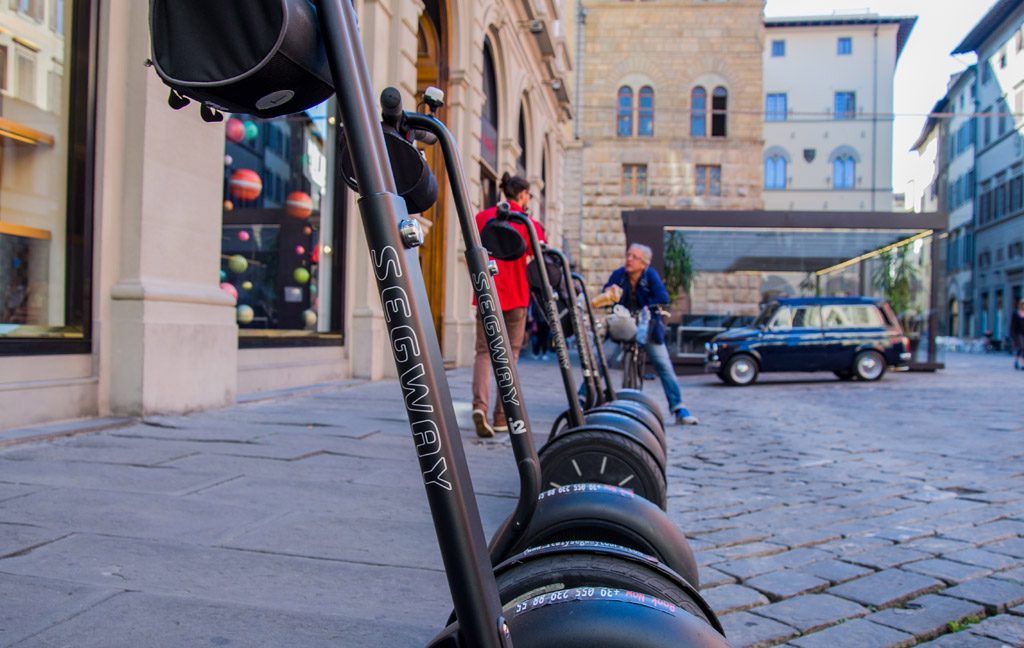
See our Florence page here.
